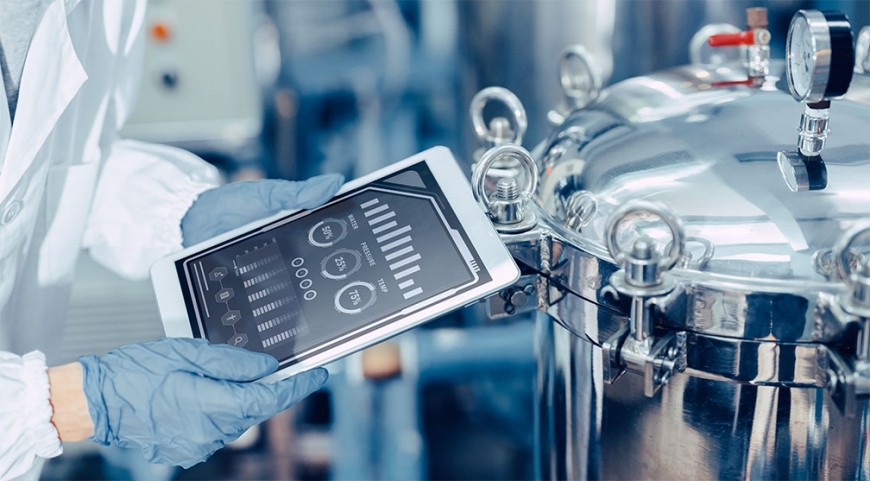Condition Monitoring can be a more nuanced exercise than most realize. Let me rephrase: Proper, optimal condition monitoring is a more nuanced exercise than most realize.
The sensors and other equipment involved are extremely varied, and they are all certainly not created equal. Thus, there are plenty of places to make mistakes without the proper guidance.
- What kind of information are we looking to monitor?
- What capabilities does the equipment need to display?
- How quickly does it need to display it?
- Where does the information need to be displayed?
- What is our budget?
These are all questions that need to be answered before making a calculated, informed decision on the type of equipment you need for your process. Sensors specifically come in all different shapes and sizes. Some are faster than others, and some include algorithms. It is all about what you need. You don’t want to install sensors that aren’t giving you the information you require, while at the same time, you really don’t want to be paying for the features if they aren’t necessary.
I always use this example. Let’s say there is a wireless sensor that is cost-effective. Partially why it is so cost effective is the fact that it is both simpler and slower than a wired alternative because of the battery life. Additionally, this wireless sensor may not be as robust in terms of the mathematical analysis it provides the user. The more complex the math and analysis, the more expensive the sensor. However, do you need this level of analysis? If you do, the simpler sensor is not going to get the job done the way you’d like it to.
There may even be conditions that you would like to monitor for that you hadn’t even thought of. I’m reminded of when a customer initially was focused on measuring temperature and vibration. However, once they learned that a humidity measurement was also available, they immediately realized the benefits. In fact, the cost of $1,100 for a couple of sensors to monitor a 50-by-300-foot room was an inexpensive solution in the face of failures that had cost 10 times, if not 100 times as much.
These are just a couple of examples, but just know that the iceberg goes deep. What’s most important is that you consult with someone who understands your needs and budget along with the capabilities of the equipment before making any final purchasing decisions.
I dive much deeper into this topic in an
article I wrote last year for Processing Magazine. Please give it a read if you haven’t already.
